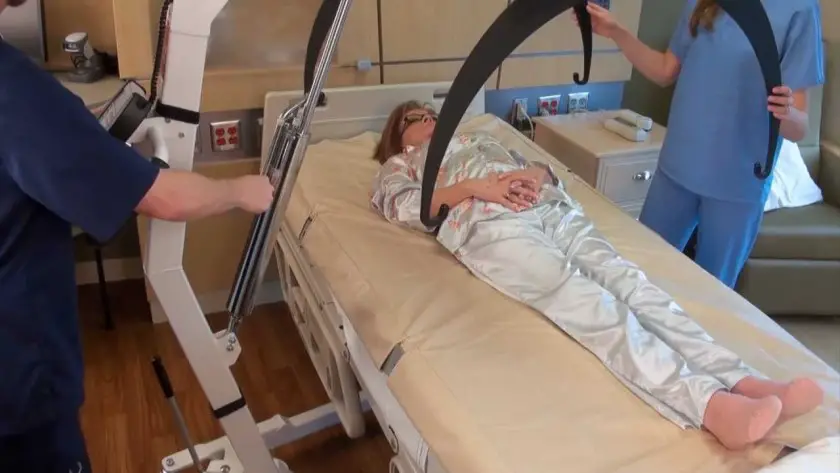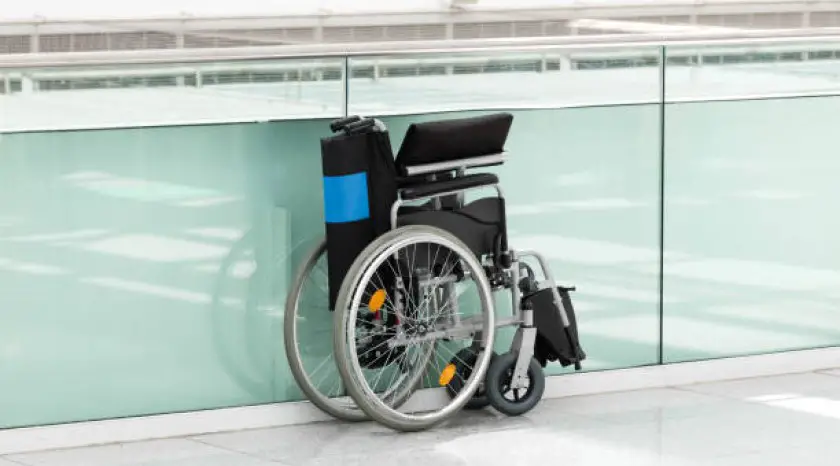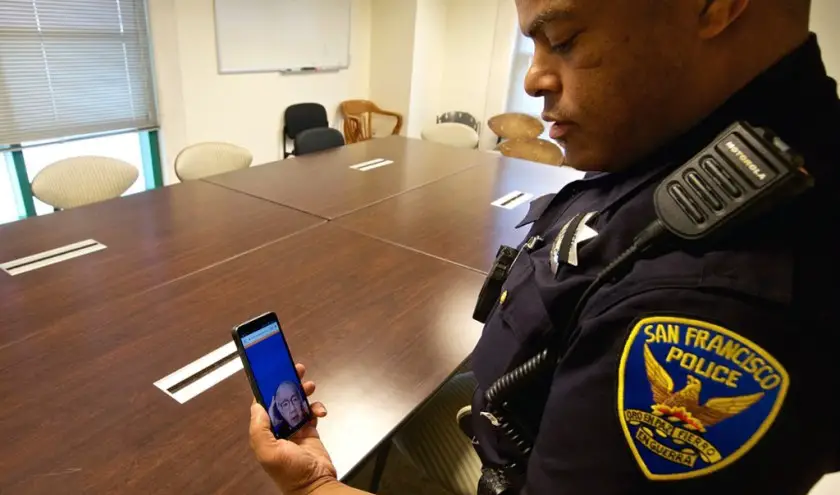One of the ways of maintaining a healthy lifestyle is by weighing yourself regularly.
An accurate weighing routine will go a long way in helping you to determine if you’re overweight or underweight.
It can also help you to prevent obesity and guide you on the right food to take if you’re on medication.
Weighing a person who can stand is not a big deal since the traditional weighing scale requires you to stand on it.
But weighing a person who cannot stand or move due to an illness or disability can be very challenging.
This article will guide you on how to effectively weigh a person who can’t stand.
If you’re a caregiver or assistant who is looking for the correct information on how to weigh a disabled or bedridden patient, this article contains everything you need to know.
Table of Contents
- Things You Must Consider Before Weighing a Disabled Person
- Types of Weighing Scales for People Who Cannot Stand
- How to Weigh Someone Who Can’t Stand (Step-By-Step Guide)
Things You Must Consider Before Weighing a Disabled Person
The nature of disability or illness
This is one of the foremost things that you must put into thorough consideration before weighing a disabled or immobile person.
Is the person in a wheelchair or bedridden? Can they move any part of their body or not? Are they capable of sitting upright or not?
Once you can determine the nature of their disability, you will be able to know the type of weighing scale to use.
Related: How to Wash Someone’s Hair in a Wheelchair
Type of weighing scale
If the disabled patient is on a wheelchair, the best or most ideal weighing scale that can be used for them is a wheelchair scale, since they are unable to stand.
However, if the patient is permanently lying down or bedridden, the appropriate weighing scale to use is a bed scale.
Types of Weighing Scales for People Who Cannot Stand
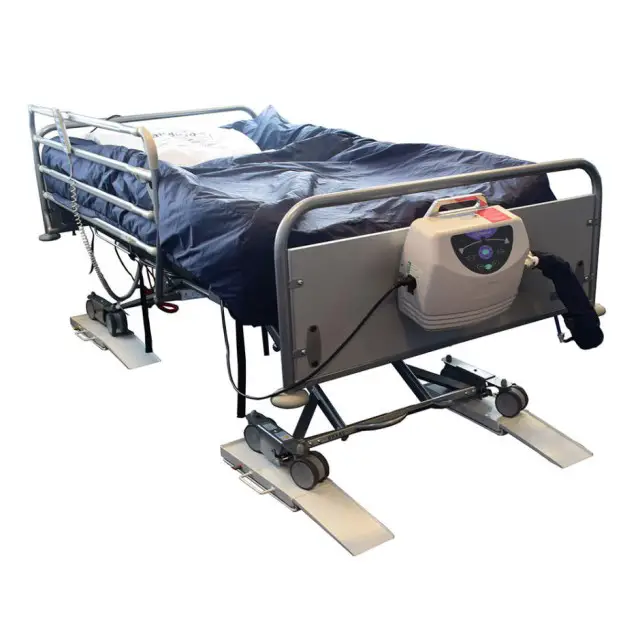
Hoist scale
This type of scale is used for weighing patients who cannot stand or who are bedbound.
It is commonly used in hospitals and care homes. This scale enables patients to be weighed while in a hoist.
Even though the scale is cost-effective when compared to other scales (especially the bed scale), it may cost a degree of discomfort or inconvenience to the patients.
This is because they will have to be put into the hoist and lifted before the weighing can take place.
Wheelchair scale
This scale can be used by people who use crutches and people who are wheelchair-bound.
Patients who are just learning how to walk again can also use this scale to weigh themselves.
It’s the best option for wheelchair users because of the ease that comes with its usage.
It is an electronic wheelchair that’s very simple to operate. And has a sturdy steel surface that the wheelchair can stand on during the weighing process.
Chair scale
Unlike the wheelchair scale that is quite similar to the traditional scale, a chair scale is a clinical scale that is chair-like.
It’s effortless to operate and only requires the patient to sit on it while it accurately checks their weight.
Related: 10 Ways to communicate with a Deaf Person without Sign Language
Bed scale
This is a clinical scale used to weigh patients who are temporarily or permanently bedbound. It is also used for patients who are unable to move.
Unlike the hoist scale, the bed scale is more comfortable and convenient.
There are various types of bed scales. And their usage depends on the patient’s needs.
For instance, the permanent bed scale is fixed to the floor and will require the patient to be transported to where the scale is located.
The portable bed scale, on the other hand, can be taken to the patient since it has portable floor pads.
How to Weigh Someone Who Can’t Stand (Step-By-Step Guide)
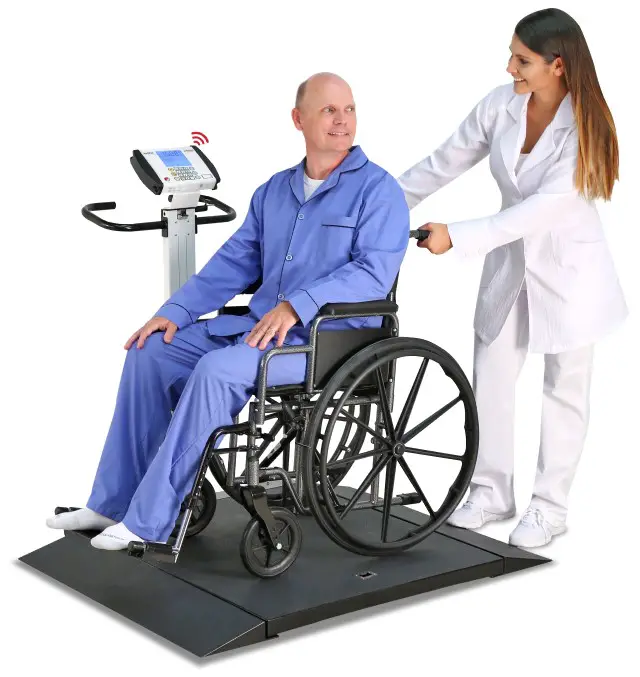
Various methods can be used to weigh a disabled or immobile person. It all depends on the type of disability the person is suffering from.
The following are the various ways.
Using a hoist scale
- Step 1: Turn on the scale
- Step 2: Proceed to add the sling to the hook and press TARE to remove the weight of the scale from that of the patient
- Step 3: Place the patient into the sling
- Step 4: Stabilize the patient’s weight by using the HOLD button
- Step 5: Ensure that you don’t stabilize the patient or hold the scale during the reading process so as not to affect the accuracy of the result
- Step 6: Note down the weight as shown on the screen after it has finished reading
Related: How You Can Help a Blind Person to Cross a Busy Road
Using a wheelchair scale
- Step 1: Turn on the wheelchair scale
- Step 2: Select TARE and enter the known wheelchair weight, then press ENTER to confirm. A negative value will be used to subtract the weight of the wheelchair from that of the patient
- Step 3: Move the patient onto the scale by using their wheelchair
- Step 4: Press HOLD to freeze the displayed weight on the screen after the reading is complete
- Step 5: Document the patient’s weight
Using a chair scale
- Step 1: Release the armrest of the chair and assist the patient to sit on the chair scale. After that, return the armrest to its normal position
- Step 2: Place the patient’s foot on the footrest and ensure that they are sitting comfortably
- Step 3: Turn on the scale
- Step 4: Ensure that the patient remains motionless until the display shows a steady weight
- Step 5: Press HOLD to freeze the weight showing on the display
- Step 6: Raise the footrest before the patient stands up, and then remove the patient from the scale.
- Step 7: Document the patient’s weight
Using a bed scale
- Step 1: Take each of the scale pads to a corner of the bed and put them next to the castors
- Step 2: Use the TARE button to subtract the weight of the bed from that of the patient by pressing it for about 3 seconds, then entering the weight of the bed by using the number keypad button
- Step 3: Roll the patient onto the bed scale and ensure that the four castors are well-positioned on the pad
- Step 4: Record the patient’s weight once it displays
